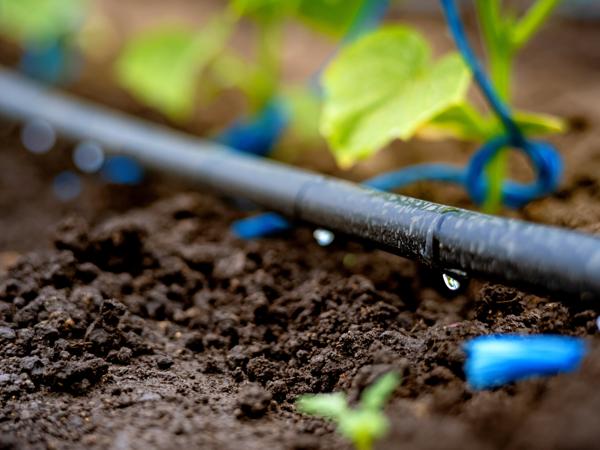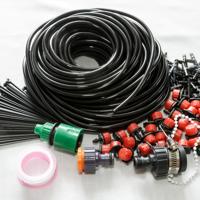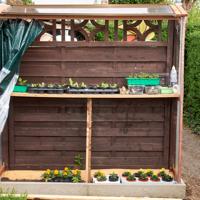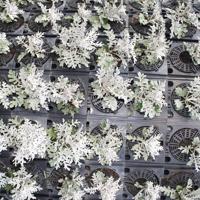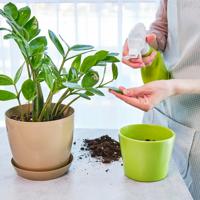Welcome to the world of hydroponics, where anyone can grow plants indoors without soil. This method relies on a nutrient-rich water solution to sustain plant growth, allowing for efficient space utilization and control over growing conditions. In this guide, we’ll explore how to build your own simple hydroponic systems at home.
Understanding Hydroponics
Hydroponics is the practice of growing plants in water-based, nutrient-rich solutions instead of soil. This approach can be great for urban dwellers or anyone with limited outdoor space. With hydroponics, you have the flexibility to grow a diverse range of plants, from herbs and vegetables to decorative houseplants.
Basic Components of a Hydroponic System
Before diving into building your system, let’s take a look at the essential components involved:
-
Growing Trays or Containers: Where your plants will reside. They need to hold the plants and allow their roots access to the nutrient solution.
-
Reservoir: This holds the nutrient-rich water solution that your plants will absorb.
-
Nutrients: Soluble fertilizers tailored to hydroponic systems. They provide essential minerals and compounds for plant growth.
-
Pump and Plumbing: Required for circulating water and nutrients from the reservoir to your plants and back again.
-
Growing Medium: Instead of soil, you’ll use materials like coconut coir, clay pebbles, or perlite for root support. These mediums are often inert and primarily provide physical support rather than nutrients.
-
Lighting: If you’re growing indoors, artificial lights will serve as a synthetic sun, allowing photosynthesis to occur.
Easy Hydroponic System: The Wick System
The wick system is one of the simplest hydroponic methods, suitable for beginners. It’s a passive system that doesn’t rely on pumps or electricity.
Materials Needed
- A container or bucket for the nutrient solution
- Grow tray with net pots
- Wicking material (nylon rope or cotton wicks)
- Growing medium (perlite, coconut coir)
- Hydroponic nutrient solution
Steps to Build
-
Set up the Reservoir: This is the container that holds the nutrient solution.
-
Prepare Wicks: Insert wicks through the net pots or directly into the growing medium. Ensure one end of the wick is in the nutrient reservoir and the other is supporting the plant’s root zone.
-
Plant and Add Nutrients: Place your plants in the growing medium, and fill the reservoir with a nutrient solution per the instructions on the product label.
-
Monitor: Regularly check the nutrient levels and replace or replenish the solution as necessary. Ensure your plants receive adequate light.
More Advanced System: NFT (Nutrient Film Technique)
The NFT system allows a thin film of nutrient solution to flow through the system’s channels, which the plant roots can easily absorb.
Materials Needed
- PVC pipes or channels
- Submersible pump
- Reservoir for nutrient solution
- Timer (optional)
- Hydroponic nutrients
- Growing medium and net pots
Steps to Build
-
Set up Channels: Arrange your PVC pipes on a slight incline to facilitate the nutrient flow.
-
Prepare the Reservoir: Fill it with the nutrient solution.
-
Install the Pump: Connect the pump to push nutrients into the higher end of the channels.
-
Place Plants: Use net pots fitted with your chosen growing medium to support the plants in cut-outs along the channels.
-
Circulate: Use the pump to circulate nutrient solution periodically, ensuring roots stay moist and nourished.
Tips for Successful Hydroponics
-
pH Monitoring: Keep the pH levels between 5.5 and 6.5 for optimal nutrient uptake.
-
Water Temperature: Maintain a stable water temperature to prevent root diseases.
-
Lighting: Provide adequate lighting that matches the plants’ growth stage and species requirements.
-
Research: Learn from resources such as books, reputable websites, or local gardening experts. A couple of recommended reads include “Hydroponics for Beginners” by Brian D. James and online articles from institutions like the National Aeronautics and Space Administration (NASA), which utilizes hydroponics for food production in space.
Starting your own hydroponic garden can be a rewarding venture. It may take some trial and error, but remember, every mistake is a learning opportunity. By adjusting and adapting your approach, you can find what works best for your particular plants and circumstances. Enjoy the journey of nurturing your indoor garden oasis!
